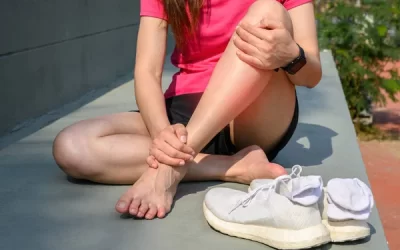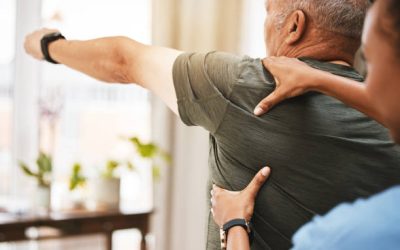Avoiding Bike Fit-Related Injuries
Bicycle riding is a great form of exercise. The longer you ride, the more forces are placed on your body which can lead to pain, numbness, and tingling. Eventually, if these symptoms are intense or persistent many people quit riding. Our goal is to keep you active and healthy so we are providing some tips to keep you on your bike.
• Try to maintain a straight spine posture even though your trunk will be inclined forward. A prolonged spine position of a forward curve (flexed) puts the same unhealthy forces on your back as if you sat slouched in a chair for a long time period. Adjusting the handle bars and seat tilt can help align the spine better.
• Set the seat height to position your knees in a slightly bent angle at the bottom of the pedal stroke. If your knees are fully straight at the bottom pedal position, you will be reaching with your leg causing your hips and pelvis to tilt and placing unwanted forces on the hips, pelvis and low back. If the knee is too bent at the bottom pedal stroke especially combined with pedaling more forcefully like in a harder gear or up hills, harmful forces will be placed on the patellofemoral joint (knee cap) resulting in front of the knee pain. Too much forward tilt of the bike’s seat will result in extra body weight on the arms and hands.
• Change the handle bar position occasionally on longer rides to alter the forces on your arms, neck and upper back. Keep a light to moderate grip on the handles to avoid forearm and hand muscle fatigue. If the handle bars are positioned too far away it will cause you to over-reach and can result in upper back, neck and shoulder pain.
With any high repetition leg exercise such as bicycling, it is important to stretch your hamstrings, quadriceps, hip flexors, iliotibial bands and calves before riding. This is especially important with long distance or high intensity rides. If you have any questions regarding this information or would like to discuss an injury, please call us at 724-779-1300.



